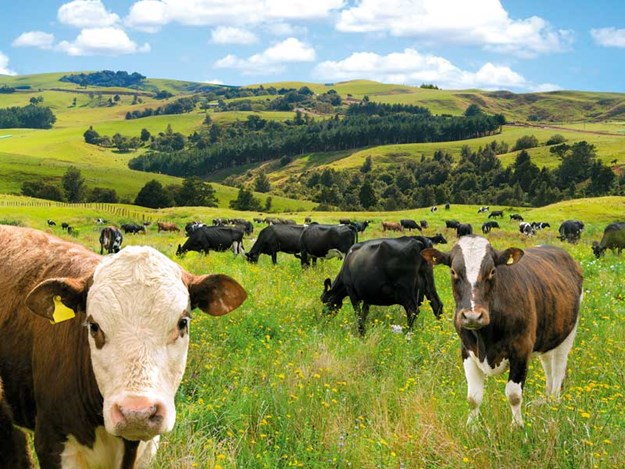Farm advice: Sediment loss mitigation is important
Soil sustainability is the cornerstone of future farming. Soil conservation and riparian management are important – find out why.
Current and potential erosion are significant factors for soil sustainability and economic sustainability of our farming.

Erosion is the process whereby the land surface is worn away by the action of water, wind, or other geological processes. The resultant displaced material is known as sediment. Sedimentation is the deposition of this eroded material.
The main factors influencing soil erosion are climate, soil characteristics, topography, ground cover, and evapotranspiration.
Climate affects erosion potential both directly and indirectly. The direct relationship arises from the action of rain – a driving force of erosion – where raindrops dislodge soil particles and carry them away.
Soil characteristics are important in determining soil erodibility. Good soil structure increases water permeability and water holding capacity. Soil permeability refers to the ability of the soil to allow air and water to move through the soil. Soils with a higher permeability produce less run off at a lower rate than soils with low permeability.
When soil surface is compacted or crusted, water tends to run off rather than infiltrate. Erosion potential increases with increased run off.
Topography is another important characteristic for erosion. Slope length and slope angle are critical factors in erosion potential because they play a large part in determining the velocity of run-off.
Soil erosion can be managed by mechanical and biological methods. Mechanical measures such as terracing, debris dams, and other engineering structures have an immediate effect and operate at maximum efficiency but their construction and maintenance costs will be high.
Biological methods, such as use of live vegetation established from cuttings, rooted plants and poles are relatively cheaper but their immediate effect is smaller. However, once established, the vegetation provides a self-perpetuating and increasingly effective permanent control.
Waikato Regional Council’s catchment management officers provide advice on soil conservation, riparian management, and other good land management practices, as well as advice and assistance on planting willow and poplar poles/bare rooted plants, including various aspects of planting to ensure the best possible strike and survival rates.
Poplar and willow poles are ideal to plant on erosion-prone hillsides as their extensive root systems bind and hold the soil in place. Some varieties are also used to provide shelter and windbreaks.
Successful establishment of poles requires careful handling, storage, siting, planting, and follow-up management.
When transporting poles, make sure the bark is not bruised or damaged in any way that would allow access to diseases. When securing loads, use straps or ropes and protective pads, rather than chains.
If planting is to be delayed more than a day after delivery, cut the poles diagonally on the butt end with a sharp axe or slasher, to give two slicing cuts approximately 15cm long. This will facilitate water uptake. Then place the poles in clean, well aerated water, or keep moist under a sprinkler to assist future root and shoot growth and also increase survivability. Some varieties are susceptible to over soaking.
The farming economy depends on good quality water for stock. Better water quality means healthier animals and healthier animals mean higher productivity.
Find farm machinery for sale in NZ
Keep up to date in the industry by signing up to Farm Trader's free newsletter or liking us on Facebook


.jpeg)
.jpg)
.jpeg)

.jpg)
.jpeg)
.jpg)
.jpeg)







